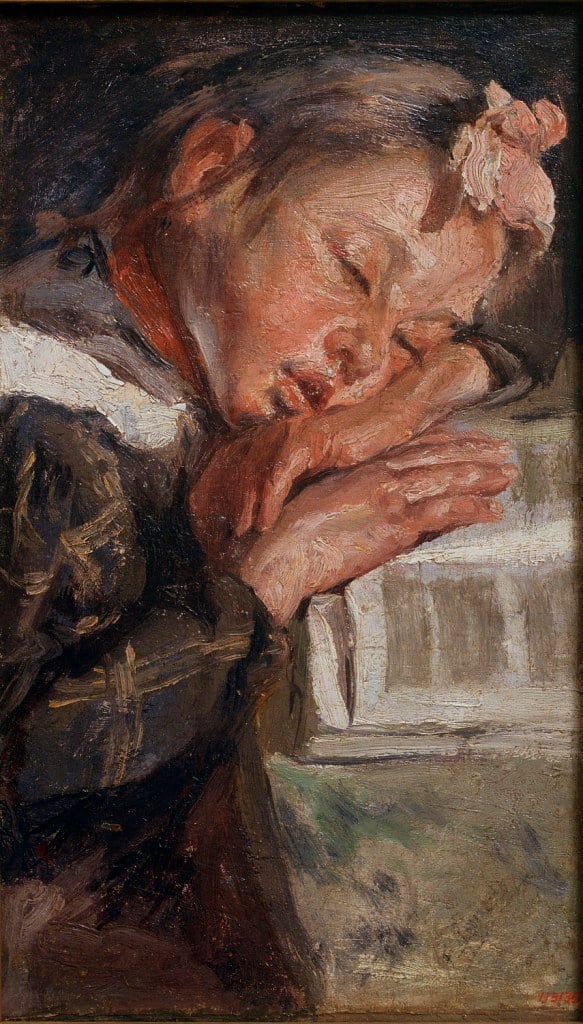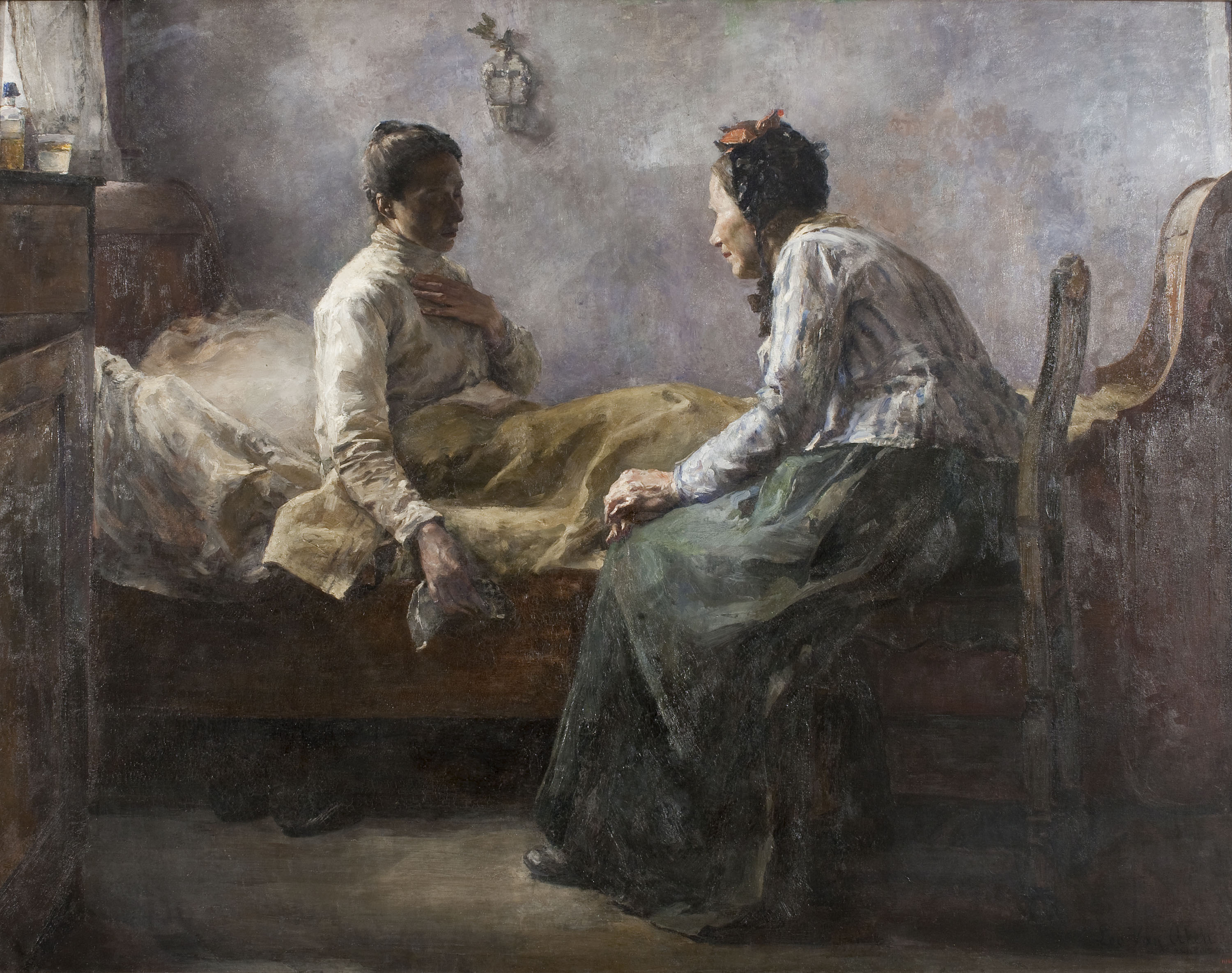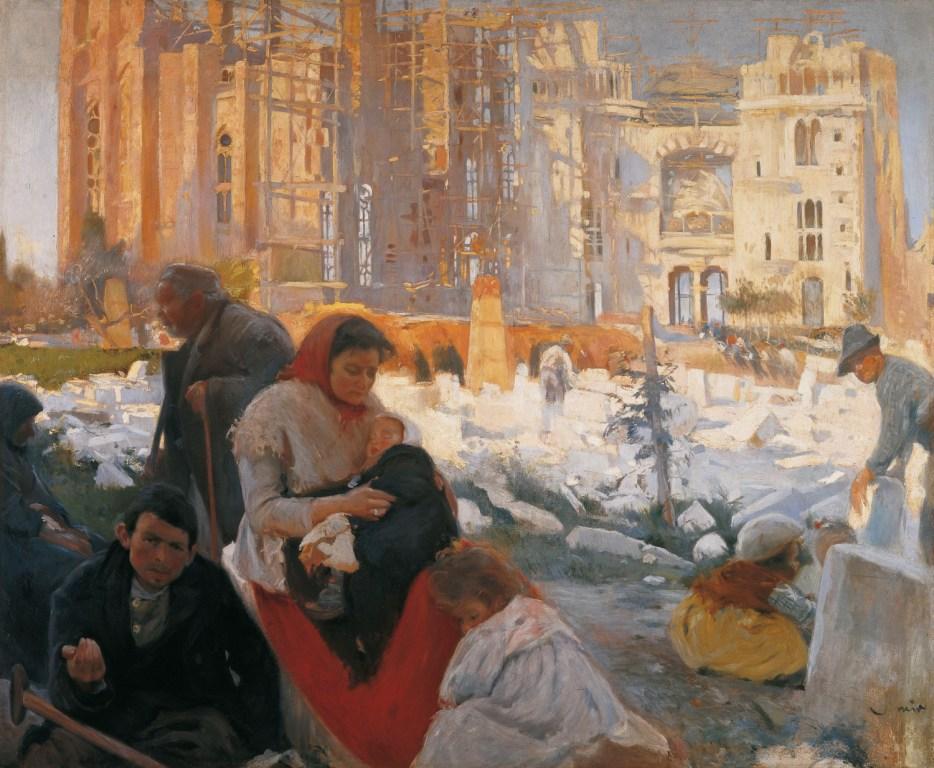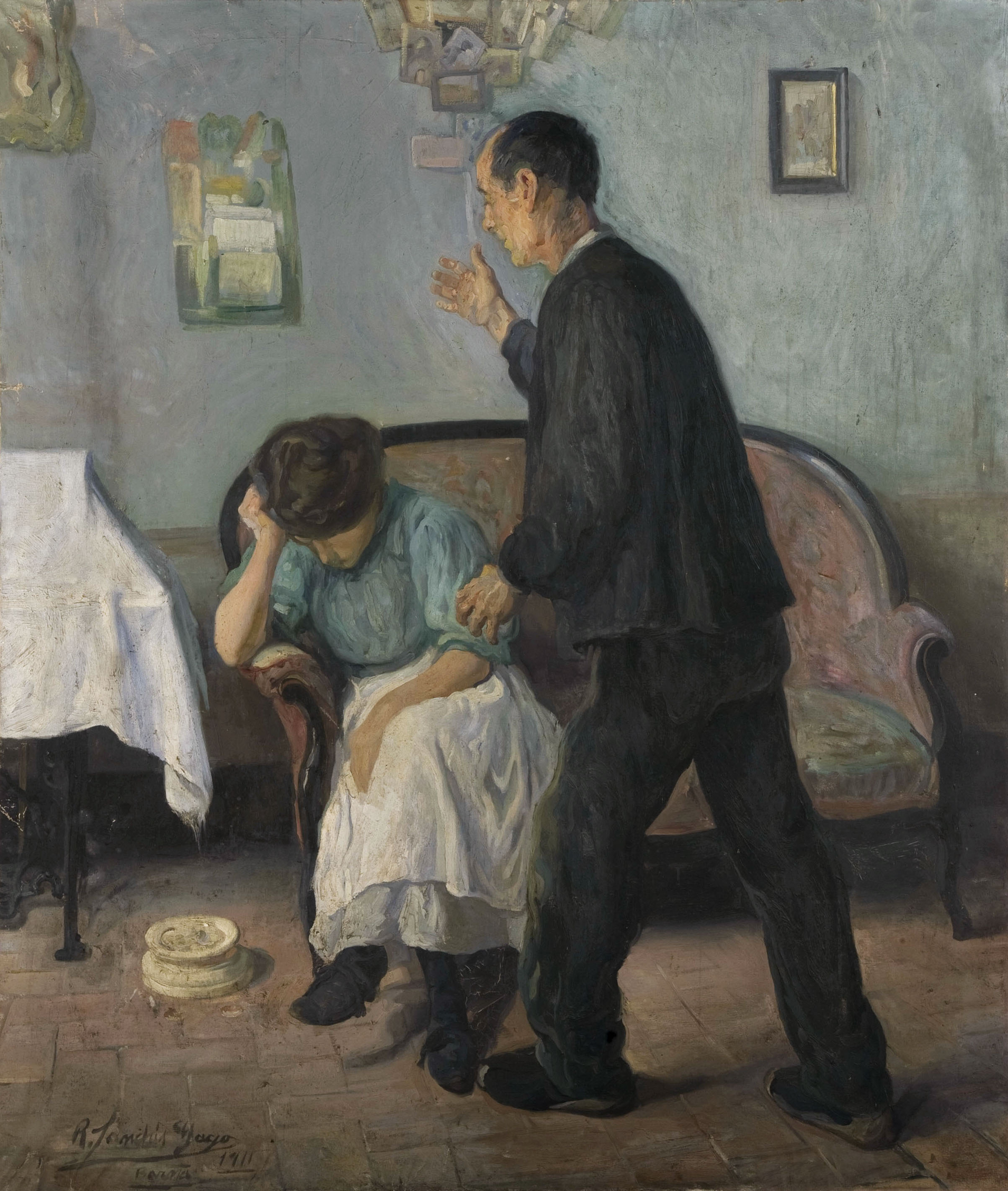There are countless sides to the symbolic production of modernity and many of them are, unparadoxically, conservative. Both the Church and the institutions of the bourgeoisie developed monumental public art –architecture, sculpture, mural painting, etc.–, which, through the techniques of modernity, conveyed a traditional message of power and hierarchy. The artists themselves, found suitable ways on the market’s conventional circuits –galleries, exhibitions or salons– to satisfy the guilty conscience of the bourgeoisie: poverty, old age, human hardship, charity or religious sentimentalism became successful artistic subjects.
II. Modernism(s)
- II.19. Conservative ‘Modernismes’
II.14. 'Modernistes' in Paris [1]
II.15. 'Modernistes' in Barcelona [2]
II.16. The painter of modern life [3]
II.17. The ‘Modernista’ home [4]
II.18. Antoni Gaudí and Josep Maria Jujol [5]
II.19. Conservative ‘Modernismes’
II.20. Symbolisms 1 [6]
II.21. Bohemia, miserabilism and black painting [7]
II.22. Symbolisms 2 [8]



